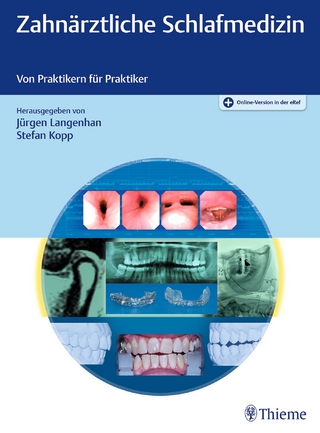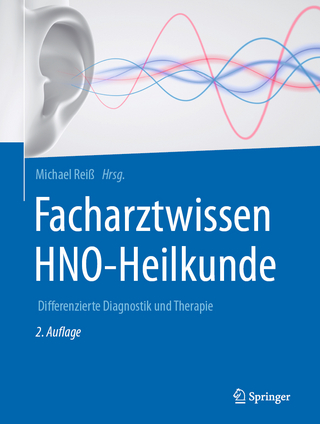
Endoscopic Endonasal Transsphenoidal Surgery
Springer Wien (Verlag)
978-3-211-00972-7 (ISBN)
1. Evolution of transsphenoidal surgerya.- 2. The endoscope, endoscopic equipment and instrumentation.- 2.1 The endoscope.- 2.2 Endoscopic equipment.- 2.3 Surgical instruments for endoscopic endonasal pituitary surgery.- 3. Endoscopic anatomy along the transnasal approach to the pituitary gland and the surrounding structures.- 3.1 Nasal cavity.- 3.2 Sphenoid sinus.- 3.3 Ethmoid labyrinth (complex).- 3.4 Sellar region.- 3.5 Suprasellar region.- 3.6 Parasellar region.- 3.7 Retrosellar - retroclival region.- 4. The role of the endocrinologist.- 4.1 PRL-secreting pituitary adenomas: is there still a role for neurosurgery?.- 4.2 GH-secreting pituitary adenomas: the dilemma on the primary therapy.- 4.3 TSH-secreting pituitary adenomas: the usefulness of somatostatin analog therapy.- 4.4 ACTH-secreting pituitary adenomas: a challenge for neurosurgeons, endocrinologists and radiotherapists.- 4.5 Clinically nonfunctioning pituitary adenomas: is there any new on pharmacotherapy?.- 5. The role of the neuroradiologist.- 5.1 Identification of the lesion.- 5.2 Follow-up after medical therapy.- 5.3 Pre-surgical planning.- 5.4 Post-surgical follow-up.- 6. The role of the ophthalmologist.- 6.1 Visual field defects.- 6.2 Reduced visual acuity.- 6.3 VEP abnormalities.- 6.4 Dischromatopsy.- 6.5 Eye motility impairment.- 7. Endoscopic endonasal transsphenoidal approach to the sellar region.- 7.1 Indications.- 7.2 Surgical planning.- 7.3 Operating theatre.- 7.4 Surgical procedure.- 7.5 Results & complications.- 7.6 Advantages & problems of the endoscopic technique.- 8. The role of the anesthesiologist.- 8.1 Anesthetic management, patient positioning and operating room set-up.- 9. Extended endoscopic approaches to the skull base Anterior Cranial Base CSF leaks.- 9.1 Anterior Cranial Base CSFleaks.- 9.2 Approach to the cavernous sinus.- 9.3 Extended endoscopic endonasal transsphenoidal approaches to the suprasellar region, planum sphenoidale & clivus.- 10. The role of the neuropathologist.- 11. Conclusions.
"... a stimulating book, that should be part of every neurosurgical and E.N.T.-department library." Annals of Anatomy
"... a stimulating book, that should be part of every neurosurgical and E.N.T.-department library." Annals of Anatomy
| Erscheint lt. Verlag | 19.8.2003 |
|---|---|
| Zusatzinfo | XVI, 203 p. 49 illus. |
| Verlagsort | Vienna |
| Sprache | englisch |
| Maße | 210 x 279 mm |
| Gewicht | 1000 g |
| Themenwelt | Medizin / Pharmazie ► Medizinische Fachgebiete ► HNO-Heilkunde |
| Schlagworte | endoscope • Endoscopy • Endoskopische Chirurgie • Kopfchirurgie • neurosurgery • pituitary • Schädelbasis • Sella • sinus • Skull base • Surgery • transnasal approach |
| ISBN-10 | 3-211-00972-8 / 3211009728 |
| ISBN-13 | 978-3-211-00972-7 / 9783211009727 |
| Zustand | Neuware |
| Haben Sie eine Frage zum Produkt? |
aus dem Bereich


